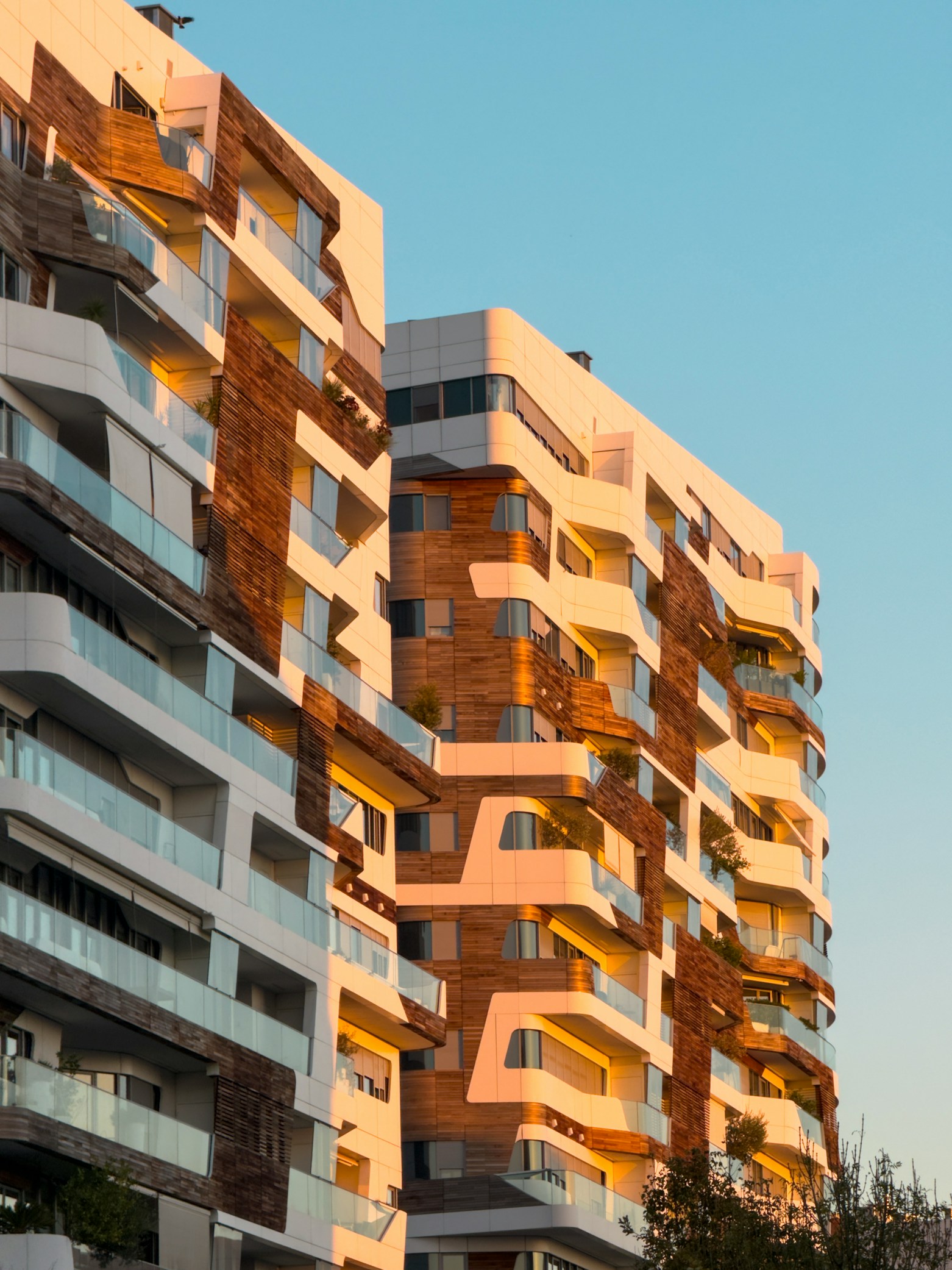
The commercial real estate sector is undergoing a transformative recovery, marked by both cautious optimism and structural change. After the disruption caused by the COVID-19 pandemic, office buildings, retail centers, and mixed-use developments are being reimagined to meet new workforce behaviors, consumer habits, and investor expectations. The path forward involves not just bouncing back, but fundamentally redesigning how commercial spaces function.
The traditional office model has been challenged like never before. With remote and hybrid work now entrenched in many industries, employers are rethinking their real estate footprints. While some companies are downsizing or decentralizing, others are investing in more flexible, collaborative environments that emphasize experience over square footage. Amenity-rich buildings, hot-desking, and wellness-centered designs are defining the next generation of office spaces.
The rise of hybrid work models has prompted a shift in demand from large, centralized headquarters to a network of smaller, adaptable office spaces. Flexible leasing arrangements, co-working environments, and satellite offices are gaining popularity as businesses prioritize agility. Landlords are responding by offering shorter lease terms, shared amenities, and plug-and-play office solutions that cater to evolving tenant needs.
Retail has faced its own set of challenges, particularly with the rise of e-commerce and shifting consumer behaviors. However, physical retail is not obsolete—it’s being redefined. Experiential retail, pop-up stores, and omnichannel integration are becoming essential strategies for survival. Successful retailers are focusing on personalized customer experiences, community engagement, and using brick-and-mortar locations as fulfillment and brand activation hubs.
In contrast to the struggles in office and retail, the industrial and logistics segment has experienced robust growth. Driven by the explosion of online shopping, last-mile delivery needs, and global supply chain shifts, warehouse and distribution spaces are in high demand. Developers are responding with advanced logistics hubs, smart warehouses, and urban fulfillment centers that cater to both speed and efficiency.
Mixed-use developments are gaining traction as cities seek to create more resilient and self-sustaining communities. Combining office, retail, residential, and recreational spaces into single developments increases foot traffic, optimizes land use, and adds vibrancy to urban cores. Simultaneously, adaptive reuse—converting obsolete commercial properties into new uses such as residential units or creative spaces—is becoming a practical solution for aging or underutilized buildings.
Environmental, social, and governance (ESG) considerations are now central to commercial real estate recovery. Tenants and investors are demanding greener buildings, better energy performance, and socially responsible development. Certifications like LEED and WELL are influencing design and construction, while smart building technologies support energy efficiency and occupant wellness. ESG-aligned assets are not only more attractive but increasingly expected.
Technology is playing a pivotal role in the redesign of commercial spaces. From AI-driven property management and virtual tours to digital leasing and predictive maintenance, the industry is becoming more tech-enabled. Smart sensors, IoT infrastructure, and data analytics are enhancing tenant experiences, optimizing operations, and providing insights that inform decision-making. Tech adoption is no longer optional—it’s essential for competitiveness.
The pandemic highlighted the importance of health-focused design in commercial spaces. Features like improved air filtration, touchless access, biophilic elements, and enhanced sanitation protocols are now expected in modern office and retail environments. These changes are not only about safety—they’re also about creating attractive, productive, and psychologically supportive environments for workers and visitors alike.
Investors are reassessing their portfolios to align with the new commercial reality. There is growing interest in sectors like life sciences, data centers, medical offices, and logistics properties, while traditional retail and office assets are being evaluated through a more cautious lens. Capital is flowing toward assets that demonstrate resilience, adaptability, and long-term value creation in a volatile economic landscape.
Location preferences in commercial real estate are shifting, with increased interest in suburban and secondary markets. As employees seek better work-life balance and companies embrace hybrid models, commercial activity is dispersing beyond traditional downtown cores. Suburban office parks, lifestyle centers, and flexible-use developments are seeing renewed interest as part of a more distributed commercial footprint.
Government and private-sector collaboration is playing a key role in commercial sector recovery. Initiatives such as tax incentives, infrastructure investment, and zoning reforms are helping accelerate development and adaptive reuse. Public-private partnerships are also supporting innovation in smart cities, green construction, and affordable workspace solutions, ensuring that the recovery is inclusive and forward-looking.
The commercial real estate sector is not returning to its pre-pandemic state—it is evolving into something new. Recovery is being driven by innovation, flexibility, and a willingness to rethink traditional models. From reimagined office layouts and sustainable buildings to tech-enabled operations and new investment strategies, the commercial sector is building toward a more resilient, efficient, and human-centered future.